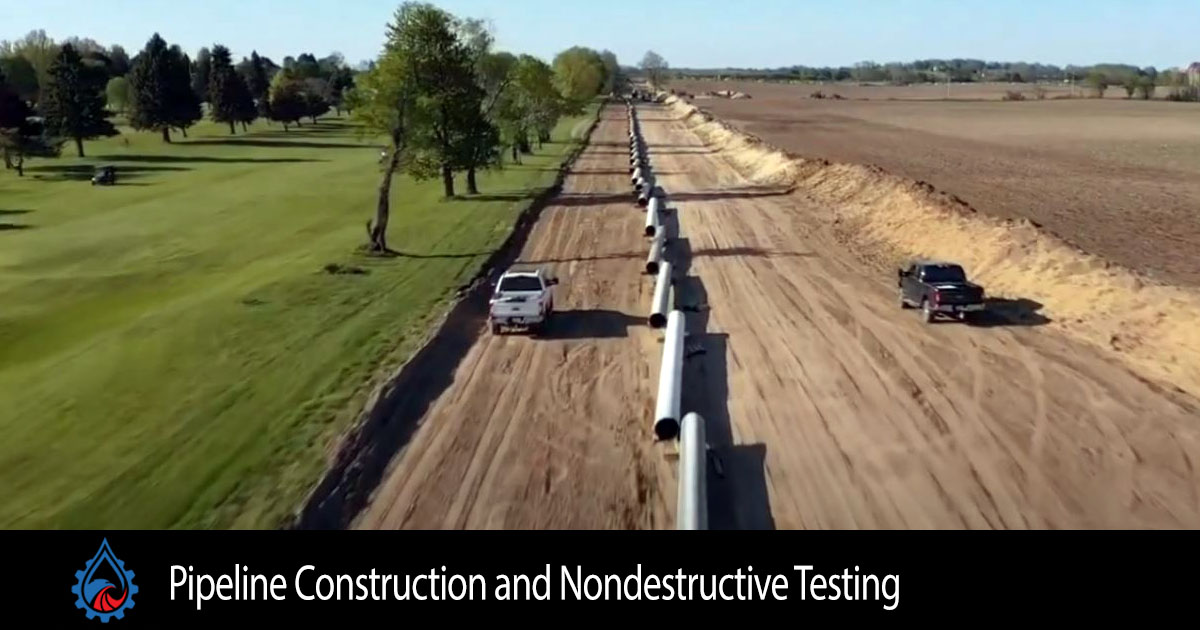Benefits of Nondestructive Pipeline Testing
Nondestructive testing is the preferred method of pipeline testing in the oil and gas sector. Because of the threat that oil and gas poses to the integrity of pipeline welds, it is essential that pipelines are inspected during and after the construction process.
The hydrogen and carbon dioxide molecules found in oil and natural gas are highly corrosive. Pipelines are most vulnerable to this corrosion at the welds of the pipeline, where two pieces of pipe are welded together. NDT can detect the smallest vulnerabilities in these welds, allowing welds to be repaired before catastrophic damage is done to the pipeline. Using NDT as a preventative measure ultimately saves clients both time and money.
NDT is the most up-to-date method of pipeline testing available today, and is being constantly improved thanks to technological advances.
Types of Nondestructive Testing
Radiographic Testing (RT)
Magnetic Particle Testing (MT)
Ultrasonic Testing (UT)
Nondestructive Testing for All Your Needs
U.S. Inspection strives to provide our clients with all the services they require on a project, no matter the size. For USINDT’s latest major project, we provided all of the nondestructive testing services required for the job, including RT, MT, and UT. These services ensured all work performed on the job was done correctly and in a timely fashion. Providing accurate results quickly allows the project to progress with no costly delays.
USINDT also provided certified welding inspectors to qualify all welding procedures, monitor welding activities, and verify the welding was performed in accordance with applicable standards and requirements provided by the owner/operator of the pipeline. Finally, we supplied NACE inspectors who were responsible for performing and documenting basic and nondestructive inspections of liquid coatings applied to the surface of the pipeline prior to permanent installation.
USINDT’s involvement throughout the construction and inspection process allows our clients the peace of mind that their projects will be carried out safely and effectively. Our customers can rest assured that they will not suffer the headache of lost time and money as a result of a faulty pipeline or weld.

